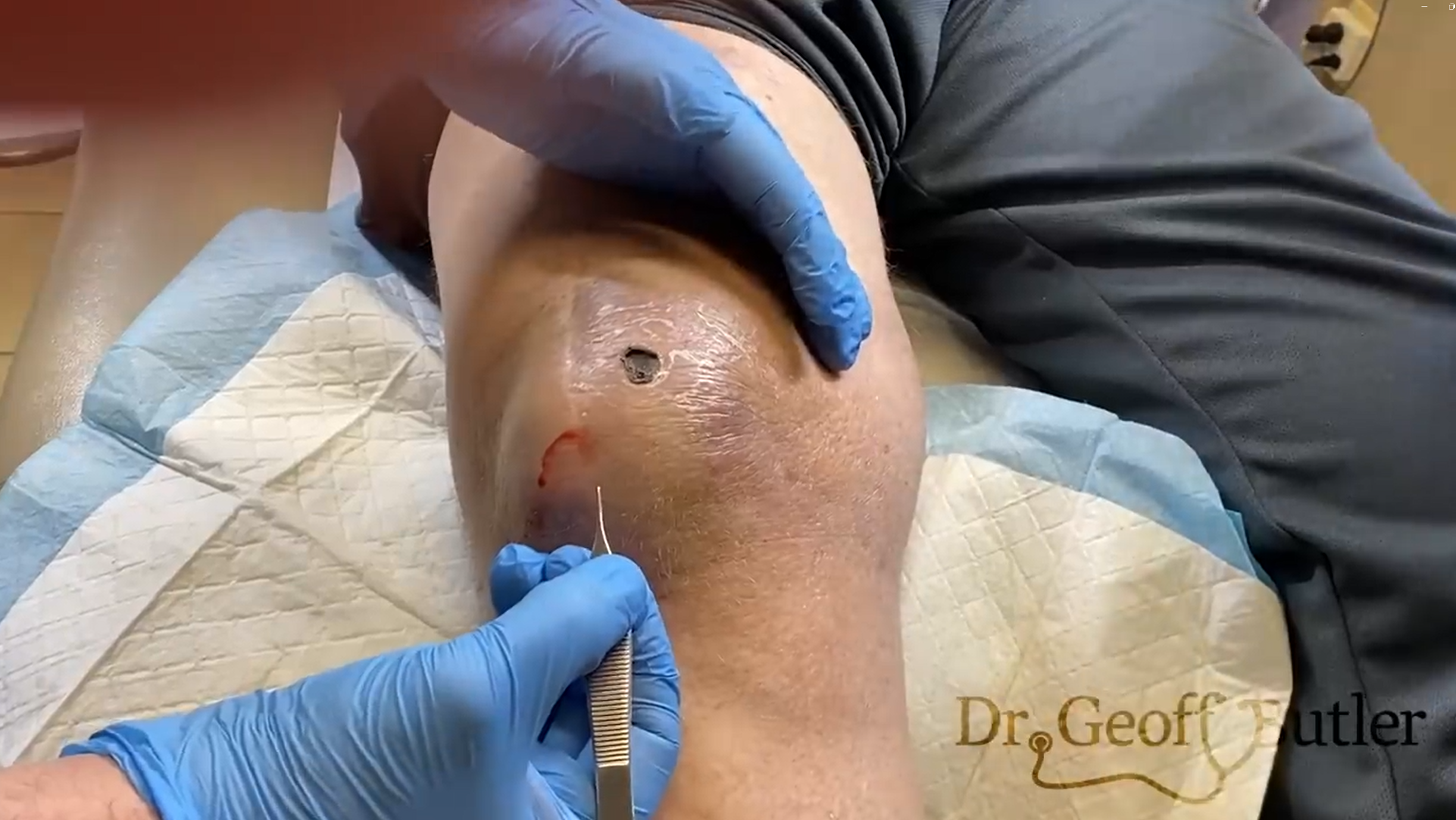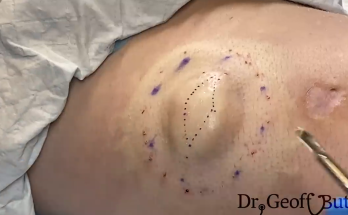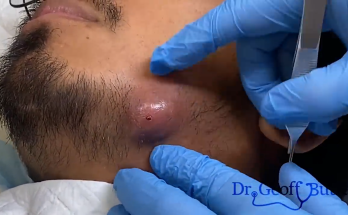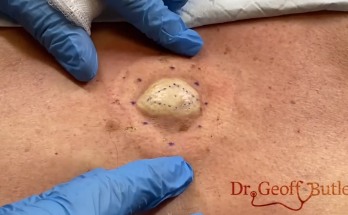TREATMENT Removal of drainage of a knee hematoma COMMITTED TO NOT RECURRING, NOT LEAVING SCARS
The treatment for removing or draining a knee hematoma while minimizing the risk of recurrence and scarring involves several steps. Here’s a general outline:
1. Medical Assessment
- Initial Evaluation: A healthcare provider will assess the size, location, and severity of the hematoma. Imaging (like ultrasound or MRI) may be used to evaluate underlying damage to the knee structures.
- Risk Factors: Consideration of underlying conditions like coagulation disorders or repeated trauma.
2. Drainage Procedure
- Aspiration: If the hematoma is large or causing discomfort, a sterile needle aspiration may be performed to remove accumulated blood.
- Surgical Drainage: In more severe cases, a minor surgical incision may be required to evacuate clotted blood.
3. Prevention of Recurrence
- Compression Bandaging: Applying a compression wrap to reduce swelling and prevent further bleeding.
- Immobilization: Temporary immobilization of the knee may be recommended to avoid stressing the joint.
- Physical Therapy: Gradual reintroduction of movement to strengthen surrounding tissues.
4. Scar Prevention
- Minimally Invasive Techniques: Using fine needles and small incisions.
- Scar Care Products: Silicone gels or sheets can help reduce scarring.
- Moisturization: Regular use of emollients and sunscreen to protect healing skin.
- Laser Treatments (if needed): Considered for hypertrophic or visible scars.
5. Monitoring and Aftercare
- Follow-Up Visits: Regular check-ups to ensure complete healing.
- Addressing Underlying Causes: Treating conditions like bleeding disorders or preventing future trauma.
Always consult with an orthopedic specialist or a surgeon for personalized treatment. Early intervention and proper care are crucial to achieving the best results.



